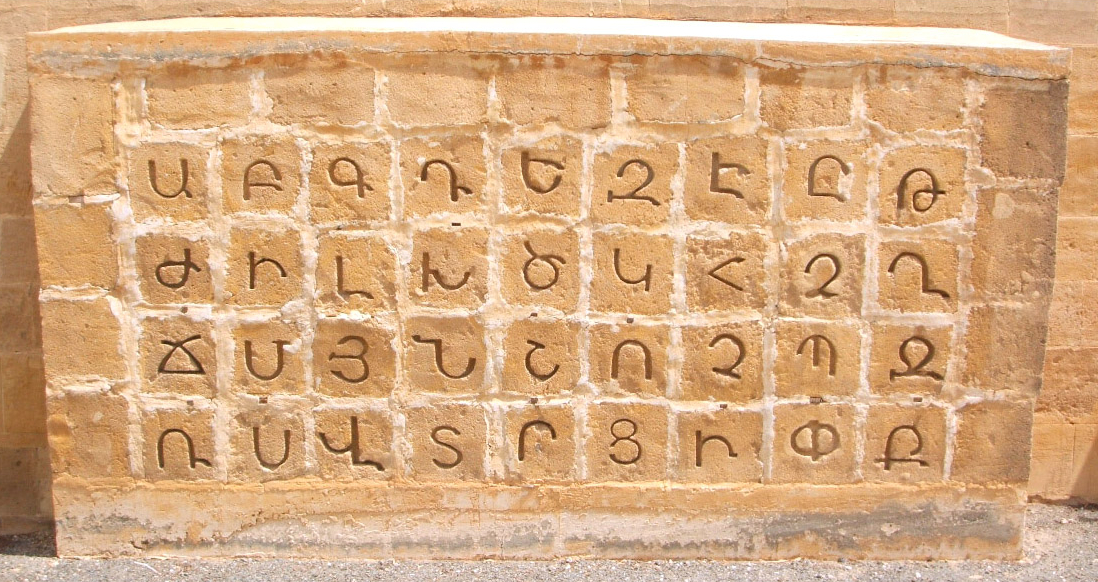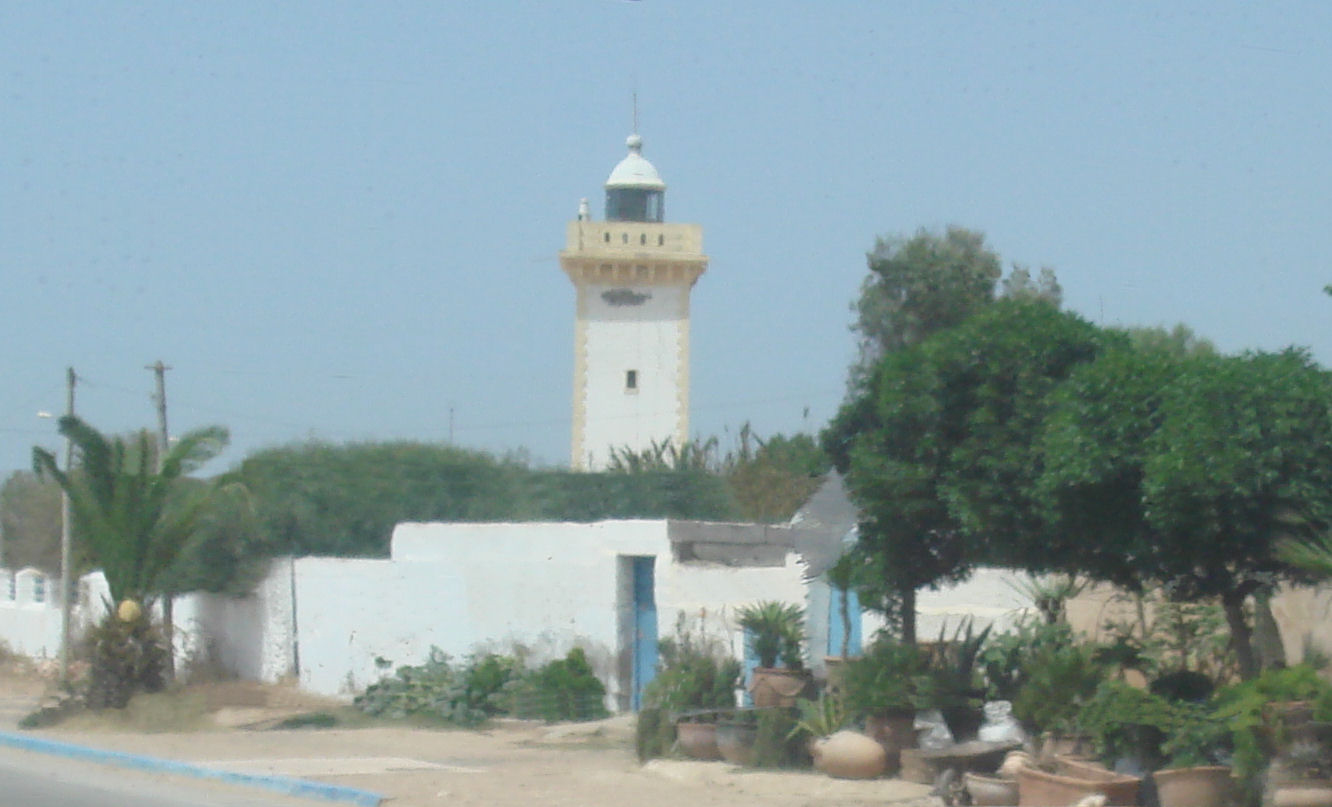|
Low Back Unrounded Vowel
The open back unrounded vowel, or low back unrounded vowel, is a type of vowel sound, used in some spoken languages. The symbol in the International Phonetic Alphabet that represents this sound is , and the equivalent X-SAMPA symbol is A. The letter is called ''script a'' because it lacks the extra hook on top of a printed letter ''a'', which corresponds to a different vowel, the open front unrounded vowel. ''Script a'', which has its linear stroke on the bottom right, should not be confused with ''turned script a'', , which has its linear stroke on the top left and corresponds to a rounded version of this vowel, the open back rounded vowel. The open back unrounded vowel is the vocalic equivalent of the pharyngeal approximant . with the non-syllabic diacritic and are used in different transcription systems to represent the same sound. In some languages (such as Azerbaijani, Estonian, Luxembourgish and Toda) there is the near-open back unrounded vowel (a sound between car ... [...More Info...] [...Related Items...] OR: [Wikipedia] [Google] [Baidu] |
Vowel
A vowel is a syllabic speech sound pronounced without any stricture in the vocal tract. Vowels are one of the two principal classes of speech sounds, the other being the consonant. Vowels vary in quality, in loudness and also in quantity (length). They are usually voiced and are closely involved in prosodic variation such as tone, intonation and stress. The word ''vowel'' comes from the Latin word , meaning "vocal" (i.e. relating to the voice). In English, the word ''vowel'' is commonly used to refer both to vowel sounds and to the written symbols that represent them (a, e, i, o, u, and sometimes y). Definition There are two complementary definitions of vowel, one phonetic and the other phonological. *In the phonetic definition, a vowel is a sound, such as the English "ah" or "oh" , produced with an open vocal tract; it is median (the air escapes along the middle of the tongue), oral (at least some of the airflow must escape through the mouth), frictionless and continuant ... [...More Info...] [...Related Items...] OR: [Wikipedia] [Google] [Baidu] |
Open Central Unrounded Vowel
The open central unrounded vowel, or low central unrounded vowel, is a type of vowel sound, used in many spoken languages. While the International Phonetic Alphabet officially has no dedicated letter for this sound between front and back , it is normally written . If precision is required, it can be specified by using diacritics, typically centralized . It is usual to use plain for an open central vowel and, if needed, for an open front vowel. Sinologists may use the letter (small capital A). The IPA has voted against officially adopting this symbol in 1976, 1989, and 2012. The Hamont-Achel dialect of Limburgish has been reported to contrast long open front, central and back The human back, also called the dorsum, is the large posterior area of the human body, rising from the top of the buttocks to the back of the neck. It is the surface of the body opposite from the chest and the abdomen. The vertebral column runs ... unrounded vowels. This is extremely unusual. Fe ... [...More Info...] [...Related Items...] OR: [Wikipedia] [Google] [Baidu] |
Azerbaijani Alphabet
The Azerbaijani alphabet ( az, AzЙ™rbaycan Й™lifbasД±, , ) has three versions which includes the Arabic alphabet, Perso-Arabic, Latin alphabet, Latin, and Cyrillic alphabet, Cyrillic alphabets. Azerbaijani language, North Azerbaijani, the official language of Azerbaijan, Republic of Azerbaijan, is written in a modified Latin alphabet. This superseded previous versions based on Cyrillic script, Cyrillic and Arabic script, Arabic scripts after the fall of Soviet Union. In Iran, where Iranian Azerbaijanis make up the second largest ethnic group after ethnic Persians, a modified Persian alphabet, Persian script is widely used to write the Azerbaijani language, South Azerbaijani language. Azerbaijanis of Dagestan and other parts of Russia still use the Cyrillic script. Latin Azerbaijani alphabet The Azerbaijani Latin alphabet consists of 32 letters. History From the nineteenth century there were efforts by some intellectuals like Mirza Fatali Akhundov and Mammad agha Shahtak ... [...More Info...] [...Related Items...] OR: [Wikipedia] [Google] [Baidu] |
Armenian Alphabet
The Armenian alphabet ( hy, ХЂХЎХµХёЦЃ ХЈЦЂХҐЦЂ, ' or , ') is an alphabetic writing system used to write Armenian language, Armenian. It was developed around 405 AD by Mesrop Mashtots, an Armenian linguist and wikt:ecclesiastical, ecclesiastical leader. The system originally had 36 letters; eventually, three more were adopted. The alphabet was also in wide use in the Ottoman Empire around the 18th and 19th centuries. The Armenian word for "alphabet" is ('), named after the first two letters of the Armenian alphabet: hy, ХЎХµХў ' and hy, ХўХҐХ¶, links=no '. Armenian is written writing system#Directionality, horizontally, left to right. Alphabet *Listen to the pronunciation of the letters in or in . Notes: #Primarily used in classical orthography; after the reform used word-initially and in some compound words. #Except in ХёХѕ "who" and ХёХѕЦ„ХҐЦЂ "those (people)" in Eastern Armenian. #Iranian Armenians (who speak a subbranch of Eastern Armenian) pronounce the soun ... [...More Info...] [...Related Items...] OR: [Wikipedia] [Google] [Baidu] |
Eastern Armenian
Eastern Armenian ( ''arevelahayeren'') is one of the two standardized forms of Modern Armenian, the other being Western Armenian. The two standards form a pluricentric language. Eastern Armenian is spoken in Armenia, Artsakh, Russia, as well as Georgia, and by the Armenian community in Iran. Although the Eastern Armenian spoken by Armenians in Armenia and Iranian-Armenians are similar, there are pronunciation differences with different inflections. Armenians from Iran also have some words that are unique to them. Due to migrations of speakers from Armenia and Iran to the Armenian diaspora, the dialect is now very prominent in countries and regions where only Western Armenian was used. Eastern Armenian is based on the Yerevan dialect. Official status and recognition Eastern Armenian is, for the most part, mutually intelligible by educated or literate users of Western Armenian – and vice versa. Conversely, semi-literate or illiterate users of lower registers of either ... [...More Info...] [...Related Items...] OR: [Wikipedia] [Google] [Baidu] |
Armenian Language
Armenian ( classical: , reformed: , , ) is an Indo-European language and an independent branch of that family of languages. It is the official language of Armenia. Historically spoken in the Armenian Highlands, today Armenian is widely spoken throughout the Armenian diaspora. Armenian is written in its own writing system, the Armenian alphabet, introduced in 405 AD by the priest Mesrop Mashtots. The total number of Armenian speakers worldwide is estimated between 5 and 7 million. History Classification and origins Armenian is an independent branch of the Indo-European languages. It is of interest to linguists for its distinctive phonological changes within that family. Armenian exhibits more satemization than centumization, although it is not classified as belonging to either of these subgroups. Some linguists tentatively conclude that Armenian, Greek (and Phrygian) and Indo-Iranian were dialectally close to each other;''Handbook of Formal Languages'' (1997p. 6 wit ... [...More Info...] [...Related Items...] OR: [Wikipedia] [Google] [Baidu] |
Essaouira
Essaouira ( ; ar, الصويرة, aṣ-Ṣawīra; shi, ⵜⴰⵚⵚⵓⵔⵜ, Taṣṣort, formerly ''Amegdul''), known until the 1960s as Mogador, is a port city in the western Moroccan region of Marakesh-Safi, on the Atlantic coast. It has 77,966 inhabitants as of 2014. The foundation of the city of Essaouira was the work of the Moroccan 'Alawid sultan Mohammed bin Abdallah, who made an original experiment by entrusting it to several renowned architects in 1760, in particular Théodore Cornut and Ahmed al-Inglizi, who designed the city using French captives from the failed French expedition to Larache in 1765, and with the mission of building a city adapted to the needs of foreign merchants. Once built, it continued to grow and experienced a golden age and exceptional development, becoming the country's most important commercial port but also its diplomatic capital between the end of the 18th century and the first half of the 19th century. Name and etymology The nam ... [...More Info...] [...Related Items...] OR: [Wikipedia] [Google] [Baidu] |
Arabic Phonology
While many languages have numerous dialects that differ in phonology, the contemporary spoken Arabic language is more properly described as a varieties of Arabic, continuum of varieties. This article deals primarily with Modern Standard Arabic (MSA), which is the standard variety shared by educated speakers throughout Arabic-speaking regions. MSA is used in writing in formal print media and orally in newscasts, speeches and formal declarations of numerous types. Modern Standard Arabic has 28 consonant phonemes and 6 vowel phonemes or 8 or 10 vowels in most modern dialects. All phonemes contrast between "emphatic consonant, emphatic" (pharyngealized) consonants and non-emphatic ones. Some of these phonemes have Phonetic merger, coalesced in the various modern dialects, while new phonemes have been introduced through Loanword, borrowing or phonemic splits. A "phonemic quality of length" applies to Gemination, consonants as well as Vowel length, vowels. Vowels Modern Standard A ... [...More Info...] [...Related Items...] OR: [Wikipedia] [Google] [Baidu] |
Emphatic Consonant
In Semitic linguistics, an emphatic consonant is an obstruent consonant which originally contrasted with series of both voiced and voiceless obstruents. In specific Semitic languages, the members of this series may be realized as uvularized or pharyngealized, velarized, ejective, or plain voiced or voiceless consonants. It is also used, to a lesser extent, to describe cognate series in other Afro-Asiatic languages, where they are typically realized as ejective, implosive, or pharyngealized consonants. In Semitic studies, they are commonly transcribed using the convention of placing a dot under the closest plain obstruent consonant in the Latin alphabet. With respect to particular Semitic and Afro-Asiatic languages, this term describes the particular phonetic feature which distinguishes these consonants from other consonants. Thus, in Arabic emphasis is synonymous with a secondary articulation involving retraction of the dorsum or root of the tongue, which has variously been des ... [...More Info...] [...Related Items...] OR: [Wikipedia] [Google] [Baidu] |
Arabic Language
Arabic (, ' ; , ' or ) is a Semitic language spoken primarily across the Arab world.Semitic languages: an international handbook / edited by Stefan Weninger; in collaboration with Geoffrey Khan, Michael P. Streck, Janet C. E.Watson; Walter de Gruyter GmbH & Co. KG, Berlin/Boston, 2011. Having emerged in the 1st century, it is named after the Arab people; the term "Arab" was initially used to describe those living in the Arabian Peninsula, as perceived by geographers from ancient Greece. Since the 7th century, Arabic has been characterized by diglossia, with an opposition between a standard prestige language—i.e., Literary Arabic: Modern Standard Arabic (MSA) or Classical Arabic—and diverse vernacular varieties, which serve as mother tongues. Colloquial dialects vary significantly from MSA, impeding mutual intelligibility. MSA is only acquired through formal education and is not spoken natively. It is the language of literature, official documents, and formal written m ... [...More Info...] [...Related Items...] OR: [Wikipedia] [Google] [Baidu] |
Г„iwoo Language
Äiwoo is an Oceanic language spoken on the Santa Cruz Islands and the Reef Islands in the Temotu Province of the Solomon Islands. Name The Äiwoo language has been known under many names in the literature, including: Aŷiwo, Ayiwo, Aïwo, Gnivo, Lanlom, Lomlom, Naaude, Nifilole, Nivo, Reef Islands, and Reefs. Speakers and distribution Äiwoo has roughly 8,400 native speakers with roughly 5,000-6,000 of these living on the Reef islands and the rest living on the Santa Cruz islands. As such, Äiwoo is the largest of the ''Reef Islands – Santa Cruz'' languages. Most speakers live on the Ngawa and Ngäsinue islands in the Reef Islands; others live in some villages on Vanikoro or on Nendö, like Kala Bay. Finally, some communities have recently been established in the capital Honiara, notably in the White River district. Sociolinguistics On the Reef islands, Äiwoo is the primary language spoken by all of its people. Most of them also speak Pijin, the lingua franca of the S ... [...More Info...] [...Related Items...] OR: [Wikipedia] [Google] [Baidu] |






.png)
